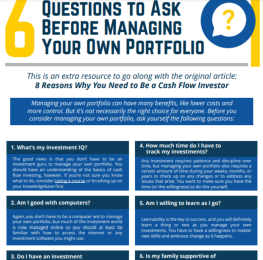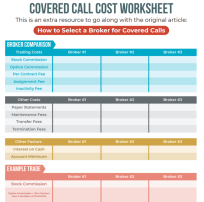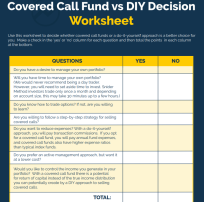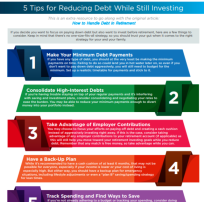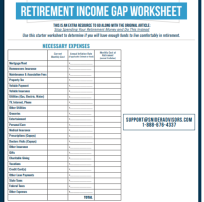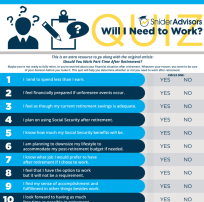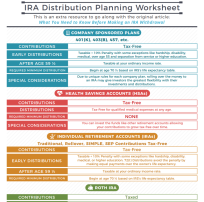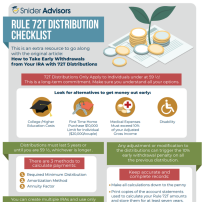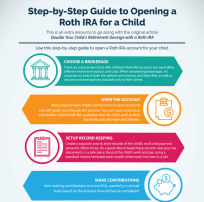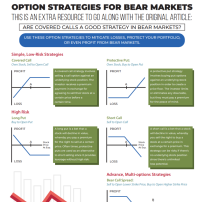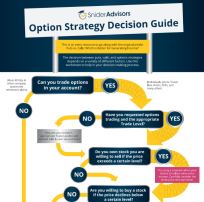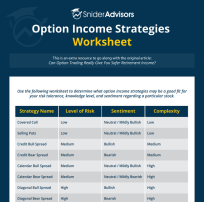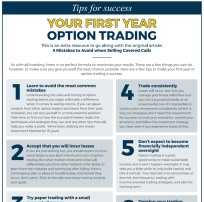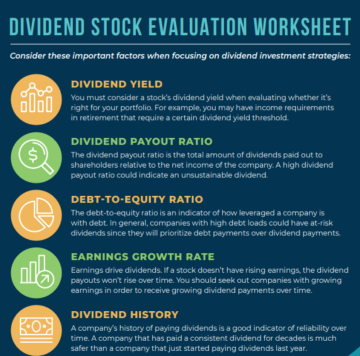Learn How To Sell Covered Calls
An educated investor is a successful investor. We strongly believe in educating our clients to help them invest their own portfolio with our ongoing support.
Start with our course on selling covered calls and then move on to one of our other free option education courses.

Popular Option Income Strategies
Selling Covered calls is a key component of the Snider Investment Method. We build our strategy on sound investment principles.

Snider Investment Method
Selling Covered Calls for Income
We offer a ton of free option investing courses and resources. They include the key components to our investment strategy like selling covered calls, cash-secured puts, and generating income in bear markets.
You will also find links to many great educational handouts. Covering topics from option investing, financial planning, social security, and retirement, these resources will help anyone nearing retirement.
Don't forget to check out our eBook, The Ultimate Guide to Writing Covered Calls, or our Snider Investment Method Owners Manual.
Selling Covered Calls Explained
Selling covered calls involves granting the call option buyer the right to buy your owned shares at a predetermined price, known as the strike price, within a specific time limit, often referred to as the expiration date.
The buyer of the call has the right to exercise their option anytime before the expiration date. Should they decide to do so — resulting in the stock being called away — the shares are automatically transferred to the option buyer. It's worth noting that most stocks have options expirations that expire on the third Friday of each month. However, with the growth of options trading, you can find stocks with expirations on a weekly basis.
Investors seeking regular income can engage in selling covered calls, which allows them to collect premiums consistently. The practice of selling covered calls can also serve as a strategy to exit an existing stock position or provide a measure of downside protection.
Although selling covered calls is simpler than most option strategies, a foundational understanding of options and their functionality is essential for successfully engaging in selling covered calls.
Selling Covered Calls
The Snider Investment Method expands on the valuable investment strategy of selling covered calls. We designed a long-term strategy to create income from your portfolio. Our investment techniques applied in a specific sequence allows our investors the potential to maximize their retirement income.
Generate Income and Reduce Risks
The Ultimate Guide to Writing Covered Calls
This free eBook includes 36 pages of material devoted to writing covered calls. This is the perfect guide for any new covered call investor.
Selling Cash-Secured Puts
Selling cash-secured puts and covered calls are similar in that both are options strategies used to generate income, and they each involve selling options. They also both require the seller to have the resources to fulfill the obligations of the option contracts if they are exercised.
When you sell a covered call, you own the underlying stock and are willing to sell it at the strike price if the option is exercised. Thus, the "cover" is the stock you already own.
In contrast, when you sell a cash-secured put, you have the cash necessary to buy the underlying stock at the strike price if the option is exercised.
Although not nearly as popular as selling covered calls, selling cash-secured puts is an excellent companion to writing calls for generating income.
Selling Cash-Secured Puts
Both strategies involve a degree of risk but can be profitable if used correctly. They are typically used when you have a neutral to slightly bullish outlook on the underlying security. However, there are key differences: with a covered call, you already own the stock and are looking to generate additional income or sell the stock at a certain price, whereas with a cash-secured put, you're typically looking to buy the stock at a lower price or simply earn the premium from selling the put option.
Selling Options for Income in Bear Markets
A combination of cash management and managing risks keeps our portfolios generating an income even when stock prices decline. This critical factor gives our investors the ability to maintain their income even in bear markets. With market declines happening every few years, retirees must have a plan in place to handle stock market volatility.
The Snider Method has simplified the subject of risk management into a rule-based approach we refer to as laddering. Laddering is a simple concept most often used by investors in certificates of deposit and bonds.
Laddering covered calls is a similar concept. Only, instead of smoothing fluctuations in interest rates, the idea is to even out variations in stock prices. Each purchase made as the stock price declines will lower your cost basis, which lowers the bar to be able to close the position at a profit.
Generating Income in Bear Markets
As you accumulate additional shares each month, you may be able to sell more calls – generating even more income. If you are called away above your cost basis, you close the position at a profit, and you can start the process again. If there are no calls available above your total cost basis, you may be able to sell calls against some of your lower-priced shares to still generate income.
Free Option Trading Courses
We pride ourselves on empowering both beginner and experienced investors. As covered call advisors, we use our extensive knowledge to train our clients to write covered calls and boost the income from their portfolios.



Financial Resources & Checklists
Helpful Investor Education & Handouts
Follow our growing list of useful handouts to expand your financial knowledge. Topics include options trading, cash flow investing, do-it-yourself investing, financial planning, social security, taxes, and more.



